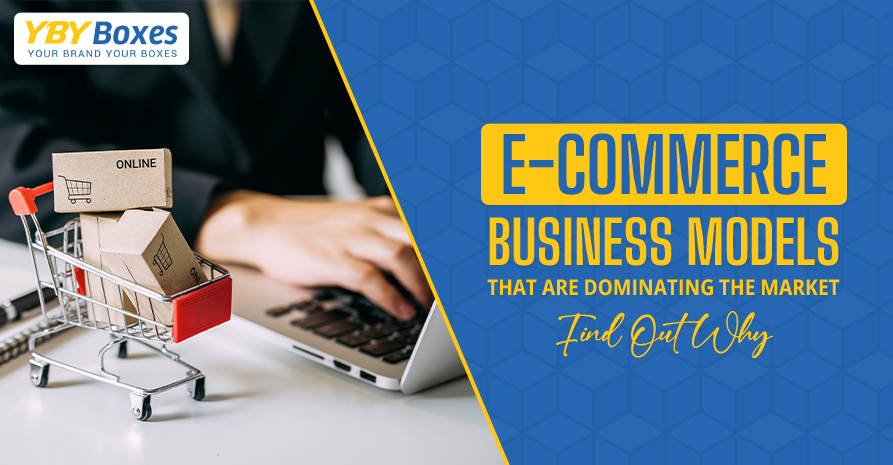-
Call Now:
+61 1300 069 973
E-commerce Business Models That Are Dominating the Market – Find Out Why

E-commerce business is one of the trending and populous businesses nowadays. Are you planning to invest in an e-commerce business? It’s the right time to take a startup that comes with the best e-commerce brand. It might be possible that you have enough knowledge about the ecommerce business but you need to understand some e-commerce business models and decide which one works best for you. So, in this blog post, we are going to share 5 business models that are dominating the market and also get an idea about the reasons why these are dominating the market. Read on!
1. Business to Customer:
For taking a start-up, business-to-customer is one of the important e-commerce models to consider. B2C is all about selling their products to customers whether it’s physically or online. This model can be further divided into the following categories:
Direct Selling
In the B2C model, you can sell your products directly to the people who want to buy your products. In various cases, you can create online stores to sell your products online and deliver products to their doorstep.
Online Middle Men
In the e-commerce B2C model, the online middle man acts as a man of the middle during a sale. For example, you have a drop shipping business where you can sell your products through a middleman and the other party ships your products to final customers at their doorstep.
2. Business to Business:
This e-commerce model is all about selling your products to direct vendors instead of customers. For example, you are a wholesaler and you can sell your products to retailers, then retailers sell these products to customers. In this model, customers are not involved directly with your business. This business model is very popular in the digital industry where various software houses can sell their software to other different companies and businesses.
3. Business to Government:
It’s also one of the famous e-commerce business models in which you can sell your products and services to various government sectors. In this model, your company can sign contracts with government officials to sell products in various government sectors. You can sell these products to both federal and state governments. Some B2G model e-commerce companies even involve foreign governments to sell products/ services internationally.
For example, one global security company named “Lockheed Martin” sells security equipment, software, aircraft, and other materials to the U.S. government in return for exclusive contracts.
4. Direct to Consumer:
This ecommerce business model is related to B2C but one of the major differences is independency. Standard B2C companies include different companies like packing companies, third-party companies, and shipping companies to fulfill their customer orders on demand. However, in the D2C model, companies are independent and perform their tasks on their own. Also, these companies usually ship, sell, and deliver their products to their customers without seeking the help of any intermediaries.
Additionally, some ecommerce businesses also do the same thing especially in the case when they sell their digital products. But this thing is not good for all businesses as you have to sell limited products without involving other parties in entrepreneurial endeavors.
5. Consumer to Business:
Customer-to-business is the last e-commerce business model that is trending nowadays. In this model, mostly e-commerce influencers and marketers are involved where they can turn their fans into customers. In return, it might be possible that this audience may bring more customers to influencers or digital marketers. After having all these things, the company pays the influencer or digital marketer a certain amount of money for advertising.
E-commerce Business Types to Consider
White Label: It’s one of the top-rated e-commerce types and it is similar to drop shipping as you don’t need to make stores or sell your products physically.
Private Label: With a private label, you have a good opportunity to earn larger profits. In this, you get private label products from a third party and sell these by using your brand name.
Subscriptions: In this e-commerce business model, you can force or convince your loyal customers to buy subscriptions from your brand.
Drop Shipping: In drop shipping, you can connect manufacturers and customers by selling their products to the final customers on their doorstep and you play an intermediary role in this.
Final Words!
Now you have an idea of how many types of e-commerce business models exist and how these are dominating the market. You have to determine which e-commerce business model is best and works best according to your business plan. Also, you have the idea of which e-commerce business model fits best according to your target audience's needs. Formulate a complete strategy and take the risk to implement any model that not only generates higher profits but also gives a competitive edge.









